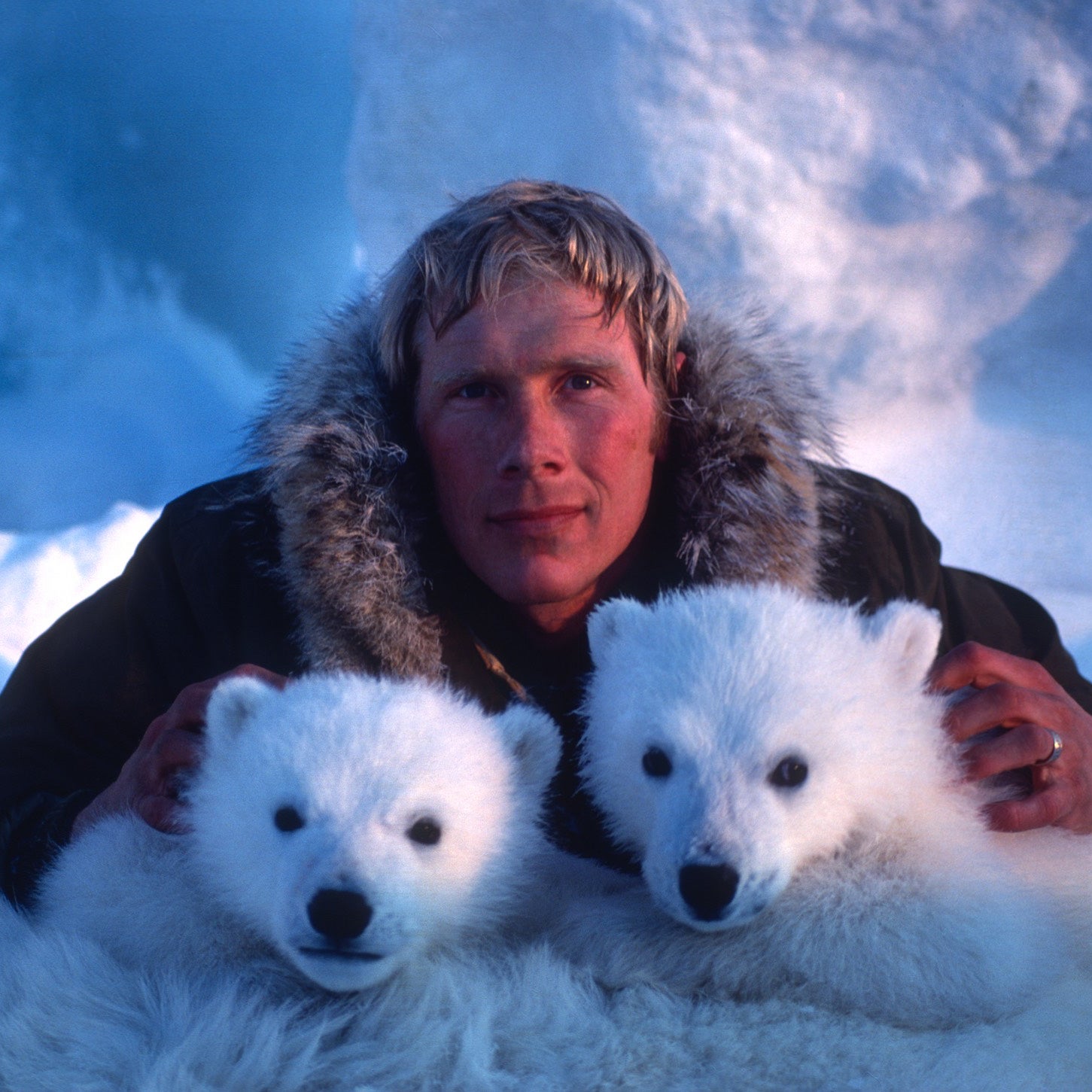The changes announced Monday to the Endangered Species Act are going to vastly reduce the protections granted to wildlife in this country. But parsing the convoluted legal language is complicated and can result in dry, oversimplified explanations.
I wanted to drive home how harmful these new regulations are going to be and hopefully, in the process, get us all as worked up as we should be about the rampant destruction they’re going to wreak. To do this, I’ve turned to a proven strategy: I picked something cute and cuddly that everyone loves and set out to write about that.
Then things got complicated.
One of the Trump administration’s most prominent claims about the new regulations is that they won’t alter existing protections for listed species:
“The ESA directs that determinations to add or remove a species from the lists of threatened or endangered species be based solely on the best available scientific and commercial information, and these will remain the only criteria on which listing determinations will be based,” reads one paragraph in the press release announcing the changes. “The regulations retain language stating, ‘The Secretary shall make a [listing] determination solely on the basis of the best scientific and commercial information regarding a species’ status.’”
That secretary is, of course, David Bernhardt, who runs the Department of the Interior and who masterminded the changes to the ESA. But it turns out that he hasn’t always made ESA determinations solely on the basis of scientific information, particularly when it comes to polar bears. You see, between stints working as a lobbyist for the oil and gas industries, Bernhardt also served as the DOI’s solicitor during George W. Bush’s administration. And it was in that role that he wrote the regulations that determined the polar bear’s initial ESA listing as a threatened species in 2008.
“The polar bear should have been listed as endangered,” says Noah Greenwald, the endangered-species director at the Center for Biological Diversity. The ESA includes two statuses for the animals it protects: threatened and endangered. Threatened species are those at risk of becoming endangered unless action is taken, while endangered species are at risk of going extinct. The ESA offers considerably greater protections to endangered species.
Greenwald argues that, by any scientific measure, polar bears are at risk of extinction, and that was known when that threatened listing determination was made last decade. I called up Steven Amstrup, chief scientist for Polar Bears International and probably the world’s leading expert on the species, to find out why.
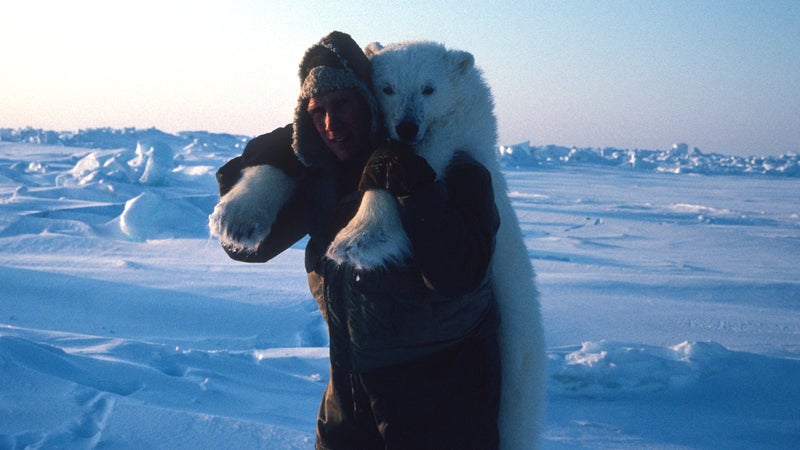
“Polar bears rely on sea ice to catch their prey,” says Amstrup. “An ever warming world means ever less sea ice. This is guaranteed by the laws of physics; it’s not something we can escape or wish away.” Amstrup’s research has found that the survival of the species is directly correlated to the presence of sea ice. When that disappears, so will the polar bears. And we’ve known for years that the Arctic could lose its ice by the end of this century.
Perhaps more than any other cute, cuddly species, the polar bear is directly endangered by climate change. But listing a species as endangered sets into motion a cascade of legal consequences that require the federal government to immediately and decisively eliminate human-caused threats that species faces.
If the polar bear had been declared endangered, the federal government would have been forced to drastically curb, if not eliminate, greenhouse-gas emissions altogether. That would have destroyed profits in the oil and gas industries, and that would probably have threatened David Bernhardt’s ability to leave his job as solicitor at the DOI and move directly into a lucrative position as the chairman of natural-resources law at a lobbying firm serving the oil and gas industries.
So Bernhardt created a loophole. By arguing that it was impossible to connect the dots between emissions from a specific power plant or other emissions source with a direct threat felt by a specific bear or bears, he was able to prevent a ruling that these emissions endangered the species. This loophole exempted greenhouse-gas emissions from regulation under the ESA.
Greenwald describes Bernhardt’s actions on the polar bear listing as a “trial run” for the sweeping new ESA regulations that the secretary announced this week. A new definition of “foreseeable future” seems tailor-made to thwart the assessment of risks posed to species by climate change, and another rule stating that a project must impact the entirety of a species’ habitat, rather than just a small part of it, to be subject to regulation might ease permitting for drilling or other destructive activities within the critical habitat of an endangered or a threatened species.
Which brings me to what I set out to write about in the first place: the impact these new regulations are going to have on the polar bear’s survival.
“If we don’t stop the warming of the world, polar bears will go away,” says Amstrup. “But we have to act as if we are going to stop it and protect as many bears as possible until that time.” Amstrup says that while we may currently lack the political will to address climate change and the loss of sea ice it causes, we do at least have the tools to protect polar bear denning sites, which are located on land. In 2010, the U.S. Fish and Wildlife Service designated 120 million acres of northern Alaska as critical habitat for polar bears, and thusly, the ESA prevents oil drilling and other disruptive human activities in those areas. But both Greenwald and Amstrup fear these new regulations could change that.
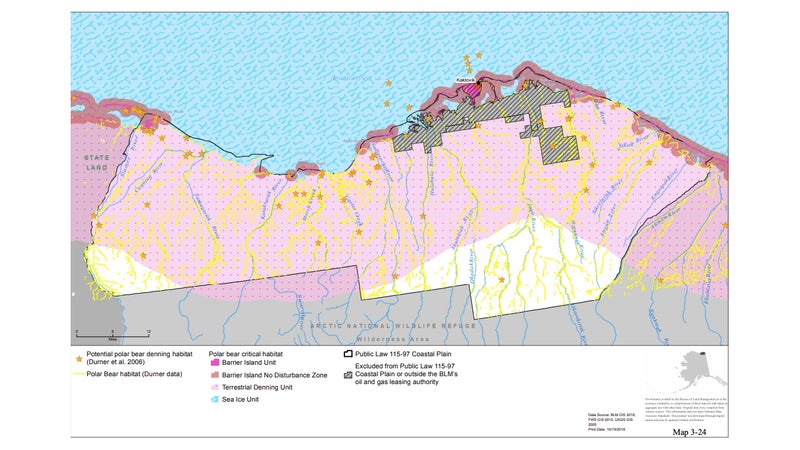
If we look at the Trump administration’s plans to drill in the Arctic National Wildlife Refuge, we can see an overlap between the areas currently designated as critical habitat for the polar bear (above) and the areas in which the administration would like to drill (below). ANWR provides denning habitat for one of two groups of polar bears that live in Alaska—the southern Beaufort Sea population. Amstrup has been studying bears in that area for 30 years and in that time has witnessed a 40 percent decline in their numbers. “These bears are in immediate jeopardy,” he says, before going on to explain that any destruction of their denning areas could cause southern Beaufort Sea bears to disappear entirely.
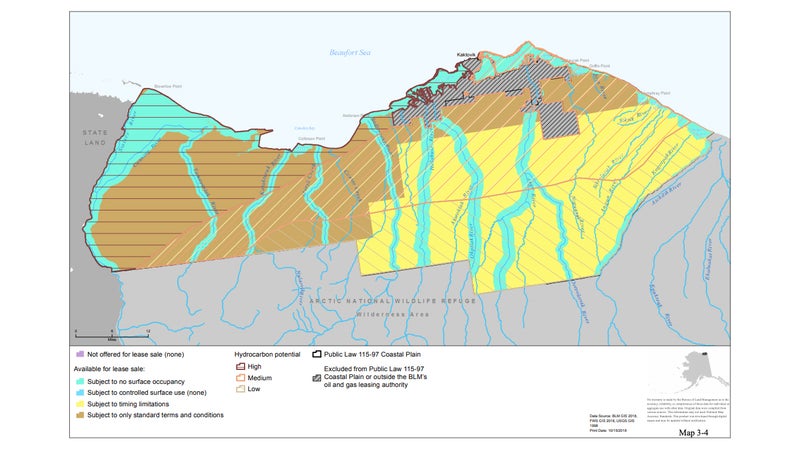
“The ANWR coastal plane is the single most important denning area for polar bears, it’s the single most important place for mother bears to have their cubs,” Amstrup states. His fear is that the new ESA regulations may allow for drilling there. “With these rules, you could say, ‘Well, polar bears live in the rest of the Arctic, so we don’t need to worry about the bears that are denning here.’ Weakening the terminology would be a way to facilitate getting away with that.”
Amstrup also points out that drilling for oil in ANWR, then burning it, will only serve to further exacerbate climate change and therefore further losses to the sea ice that polar bears are so dependent on. One of the new regulations is a change to the definition of “foreseeable future” as used to assess risks that endangered and threatened species face, to eliminate the inclusion of the climate-change impacts on those decisions.
Amstrup fears that change could eliminate the ability to add critical-habitat designations for polar bears in the future or prevent a change in their listing status from threatened to endangered as their populations continue decreasing. “Many species, and perhaps polar bears are the best example, are going to see more and more threats due to habitat loss as we look further into the future,” he explains. Yet the ability for the ESA to adapt to those new or changing threats is being removed.
The most striking thing about my call with Amstrup was that none of this seemed to phase him. He remains optimistic about the future of the polar bear. “It’s really important to point out that their fate is not inevitable,” he says. “If we stop the warming of the world, then we can save polar bears over much of their current range. And in so doing, we’ll benefit the rest of life on earth. We can save polar bears if we act promptly.”
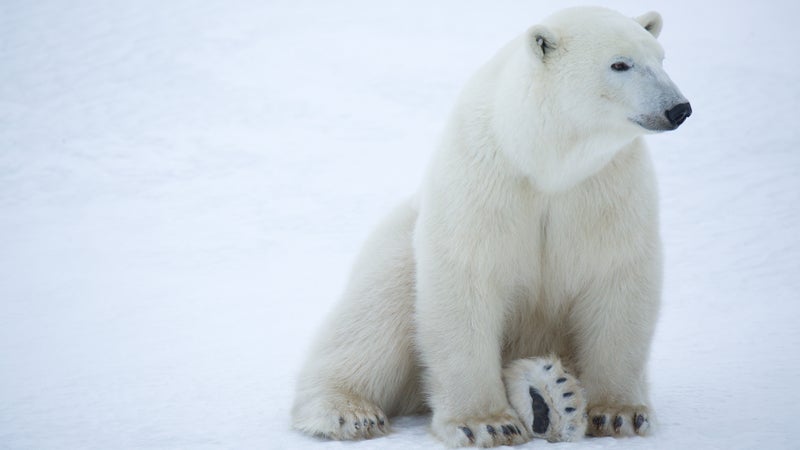
Greenwald told me that he and the Center for Biological Diversity are planning to sue to the Trump administration over the new ESA regulations. That will join lawsuits being brought by both Massachusetts and California. The hope is that those legal actions will stall implementation of the new regulations long enough that the American people will have the chance to vote Trump and his cabinet out of office in 2020, hopefully installing a government prepared to fight climate change and protect endangered species.
“We need to ask ourselves: What is the value of maintaining an environment that will support a world our children and grandchildren might choose, rather than one they’re forced to endure?” says Amstrup. “Right now we’re weighing that against a short-term cash value.” Do you want your kids to live in a world with or without polar bears?


